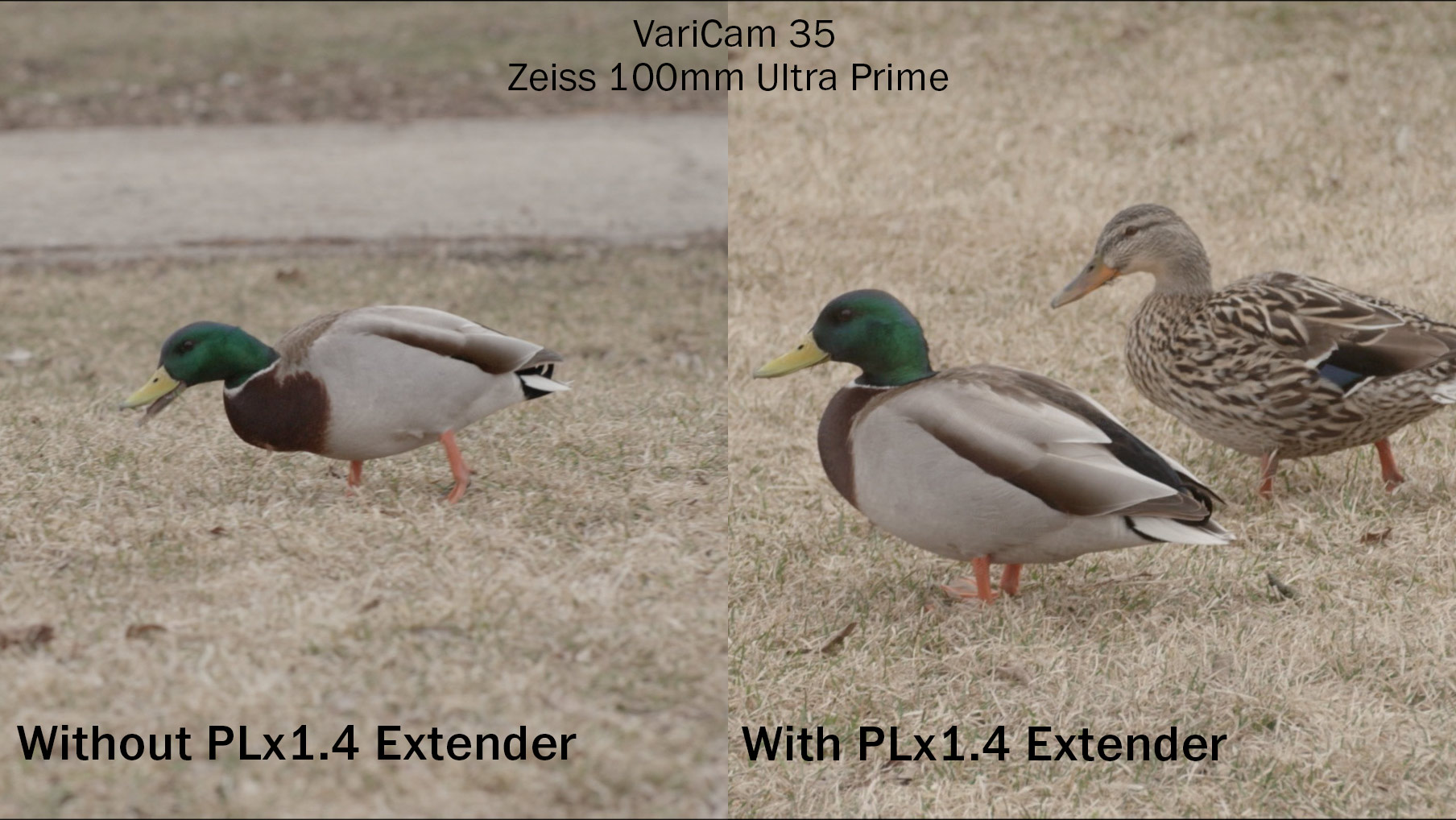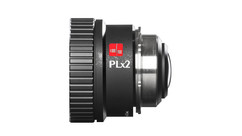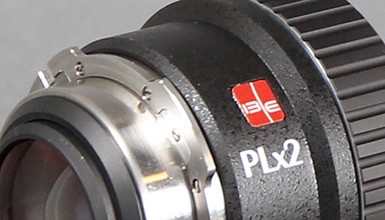
Unlike other extenders that only physically fit on specific PL lenses, both the PLx1.4 and PLx2 accommodate the widest range of PL lenses of any other extender on the market today. Yet I also wanted to test them on large sensor cameras in order to judge the optical quality on a high-resolution image.
Typically, an extender introduces some optical loss in terms of flare, resolution, and low contrast; the common perception is that adding an extender to your zoom immediately comprises the image. I needed to be able to extend the focal range of my zoom without sacrificing the image to get there. Shooting at a skate park, basketball court, and dog park allowed me to test the practicality of the extenders as well, as I could physically only be on the outskirts of the action and the extender was the only way to achieve the images I wanted in a handheld situation.
A 2x extender doubles the focal length of your lens, while the 1.4x extender magnifies the image by 1.4x. In other words, a 17-120mm combined with a 2x becomes a 34mm-240mm, while a 17-120mm combined with a 1.4x is 23.8mm -168mm, which offers you versatility. The 2x extender has a two-stop loss, while the 1.4x only has a one-stop loss.
I tested both extenders on the Panasonic VariCam 35 in 4K. The lenses I used were the Fujinon 30-80mm Alura, the Angeniuex 45-120mm Optimo, the Canon 17-120mm Cine-Servo, and the Zeiss 100mm Ultra Prime. I added the latter to the list as this lens has been problematic on some other adapters.
As far as the technical specs, the PLx1.4 covers T3.5, but I found the optical quality to be the best at T4 and deeper. Below you can see a split screen that shows an image on the left with no extender alongside an image on the right with a 1.4x extender. 

 Next, I wanted to test the quality of the extenders by shooting various scenes with and without them as you would in a normal production environment, then cut the scenes together and see how the extended footage held up next to the non extended footage. For the scenes in the skate park as well as the dog park, I used the VariCam 35 and the Fujinon Alura 30-80mm at T5.6, while the city shots and basketball scene were shot with the VariCam 35 and the Canon 17-120mm zoom at a T4. I chose a run-n-gun situation as opposed to a studio setup in order to test the units' practicality. I interchanged the extenders constantly depending on the action; both extenders were easily mounted and removed.
Next, I wanted to test the quality of the extenders by shooting various scenes with and without them as you would in a normal production environment, then cut the scenes together and see how the extended footage held up next to the non extended footage. For the scenes in the skate park as well as the dog park, I used the VariCam 35 and the Fujinon Alura 30-80mm at T5.6, while the city shots and basketball scene were shot with the VariCam 35 and the Canon 17-120mm zoom at a T4. I chose a run-n-gun situation as opposed to a studio setup in order to test the units' practicality. I interchanged the extenders constantly depending on the action; both extenders were easily mounted and removed.
To point out a few scenes, the slow motion basketball shots were with the 1.4x extender, while the basketball scenes at speed were without an extender. The dog portrait shots are with the 2x extender, while the other shots of them running were without.
Both extenders feature high-index, low dispersion glass to ensure the highest possible resolution and contrast with minimal optical degradation. I found this to be true in the field and when editing the footage together. The extenders project an image with a diameter large enough to cover all commonly used 35mm formats, including the full 6K frame on the RED DRAGON sensor, and the full 4:3 frame of the ALEXA, for example.
Currently, if you purchase both extenders as a bundle, you save on the overall price. Here are a few behind the scenes photos from my shoot (click the images to view them larger).
 |
 |
 |
 |
 |
Have a question about how the PLx adapters worked with a specific lens? Let me know in the comments!













